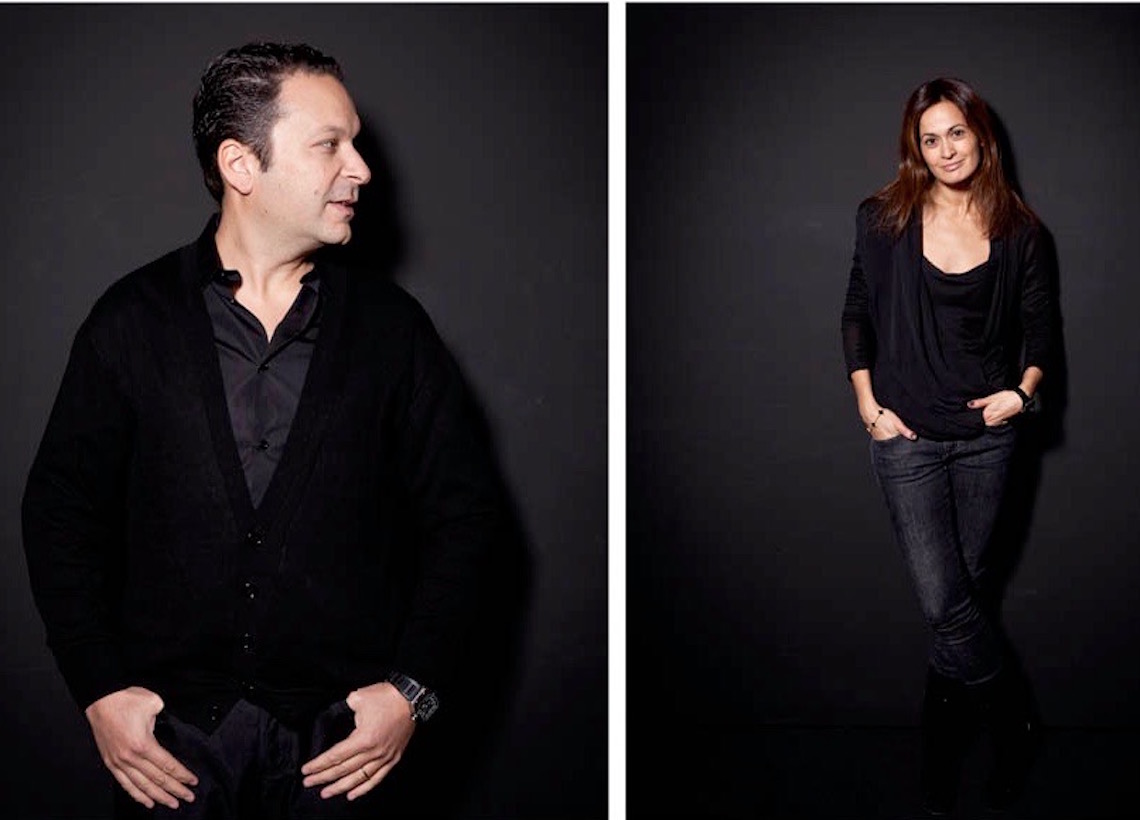
Posted: February 4th, 2016 -
Category: Interviews
COLLECTORS INTERVIEW WITH CHIARA AND STEVE ROSENBLUM
Your passion for art collecting started with African art. What was the turning point that made you want to devote the collection to contemporary art and when did the adventure begin?
Nothing was planned really. In 2007, we happened to be walking around FIAC (French International Contemporary Art Fair) and we saw a very intriguing installation. It was an exploded plane container set with two racks of suitcases full of passengers belongings. This piece from Swiss artist Christoph Büchel was related to terrorism. We bought this piece as a testimony. We wanted our children to know what we went through with the shock of 09-11 which changed forever the world we used to live in. A few weeks after this first radical piece, we bought another one and another one and… we are still buying today.

How would you define your collection?
We do not have a theme but we mostly collect young emerging artists; artists of our generation. We are sensitive to their art because they manage to express, in their artworks, our questions, concerns…
Many of the artists you’ve been collecting are extremely committed in politics or social questions such as Christoph Büchel or Andrei Molodkin. Do you think an artwork has to make a statement?
Political art pieces were what interested us at the beginning. Today, we tend to go more and more for abstract pieces. But above all, we are interested in artworks that are strong and that are bringing something new to art history.
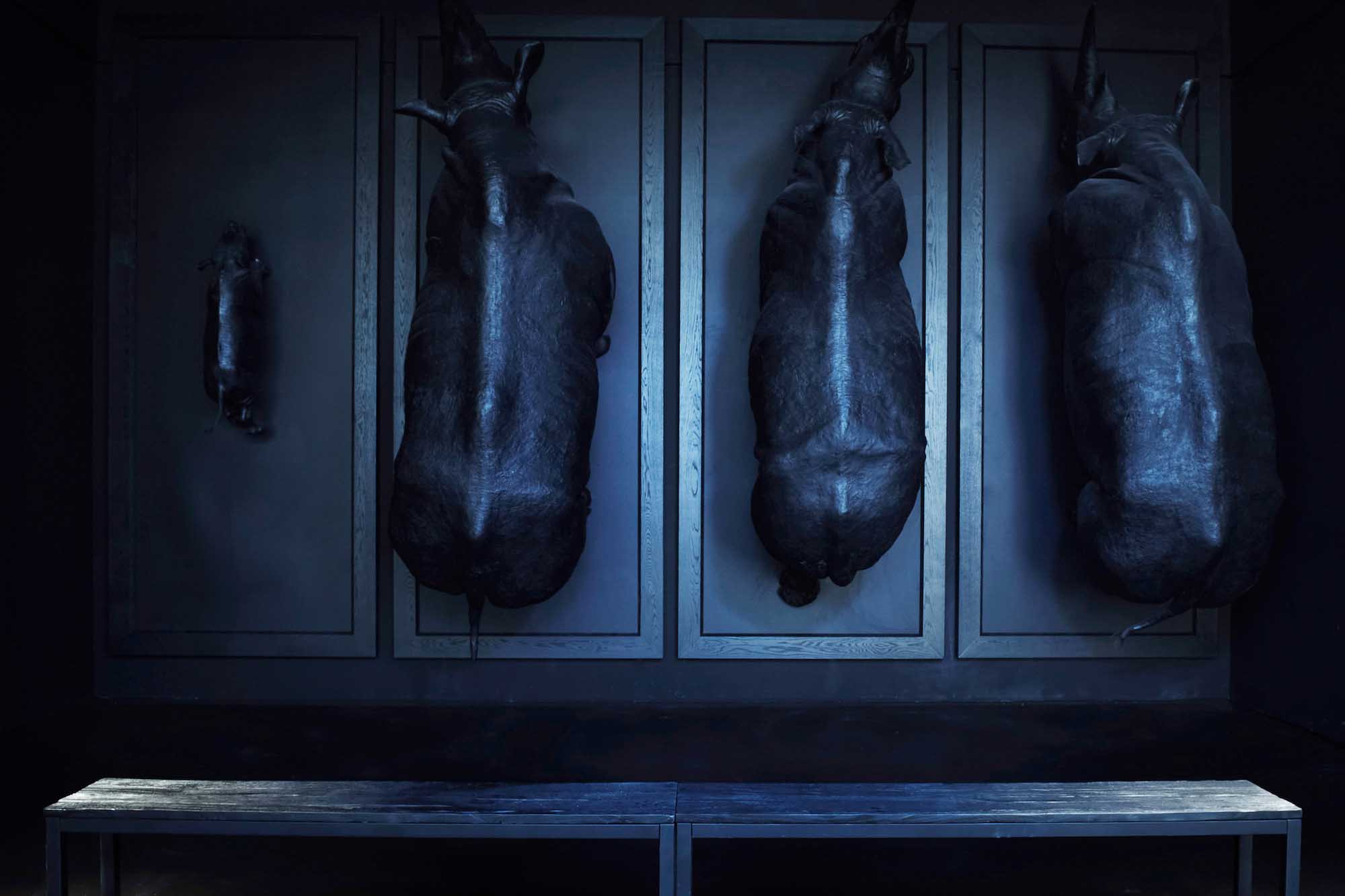
The particularity of your collection is also that many artworks are commissioned projects. Commissioning an artist is a very involving and long process. What is your experience in this?
It has always been an interesting and rewarding experience to commission projects. As you mentioned it, it can be a really involving and long process but it allows you to build a close relationship with the artist.
You collect both very established artists as Christian Boltanski and rising talents. When you buy a piece, what are you looking at?
Steve and I have different approaches. While I am more into emotions, he has definitely a more conceptual approach. He is less seduced by the visual aspect of a piece than the idea behind it.

In 2010, you opened Rosenblum Collection and friends, a 1500 square meter space in Paris devoted to your collection and your friends’. What is the aim of the space?
To share our passion with the public or at least a larger audience than just our friends and family and to promote the artists we like by offering them an exhibition space.
What do you think the role of a collector is today?
We can only speak for ourselves but I think that if we are lucky enough to cross the path of amazing artists, it is a pleasure to share it with people who might enjoy their art as much as we do.
The first exhibition of the space « Born in Dystopia » featured some 15 artists such as Andrei Molodkin, Duane Hanson, Matthew Day Jackson, Ahmed Alsoudani or Ramin and Rokni Haerizadeh. Can you tell us more about it?
At the beginning we were buying pieces that we love without having any plan of what we will do with them. Our first piece couldn’t fit into our apartment! When we opened our collection to the public, we decided to curate a show ourselves. While looking through our collection, we realized that there was a central theme. It is that line of thought that we pulled to imagine our first exhibition.
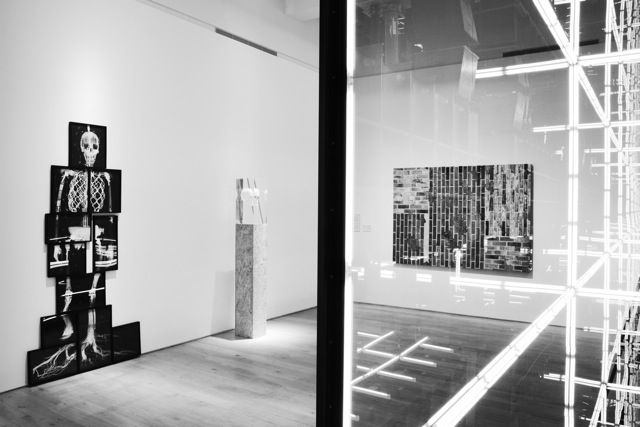
Do you work closely with advisors when acquiring a work? For you, what is the role of a gallerist for instance?
Not really, we have our own taste but we share a lot with our friends from the art world. Especially on young artists or artists we do not really know. This is why we added the word “friends” on the name of our space. Collecting as we intend is about sharing. The gallerist is essential, he/she will help the artist to build his/her career and build a consistent artistic speech.
Do you sell your artworks? What make you decide to do so?
It did happen a couple of times in the past when we realized that some of the pieces we bought were no longer matching our taste. There is no point in keeping pieces that you no longer enjoy. Another reason was when we acquired better pieces of an artist that the ones we used to own.
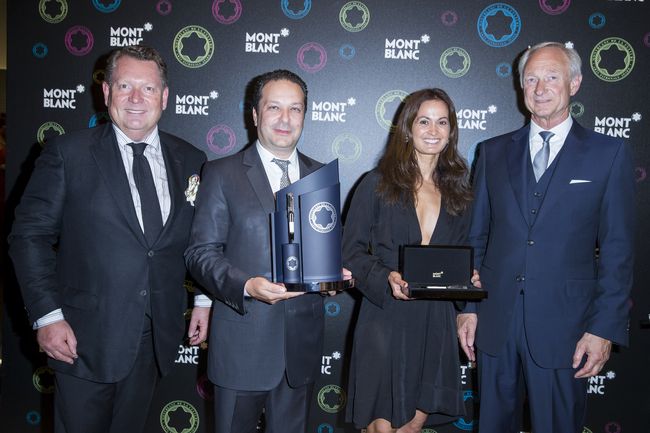
You won the Montblanc Prize, thanking each year international patrons. Your engagement with the arts goes beyond collecting. How do you promote the younger generation of artists?
As we said earlier, having a space where artists can exhibit their work is a way of promoting the young scene giving them the visibility they need. We have done this in the past with artists who were not supported by any gallery yet or artists who had not been shown yet in any French institution. We are also friends of l’Ecole des Beaux-Arts de Paris and every year we welcome the laureates of the school do a pop up show in our space.
Talking about the Montblanc prize and the young generation of artists, we have divided the 15,000€ prize in 3 donations: one for a young French artist Antoine Aguilar who has recently exhibited his work in our space, one for a foundation we support that promotes arts towards children who have never been exposed to contemporary art before (www.mumo.org.fr) and the last third to a great institution, the Palais de Tokyo which has always supported the young and emerging scene.
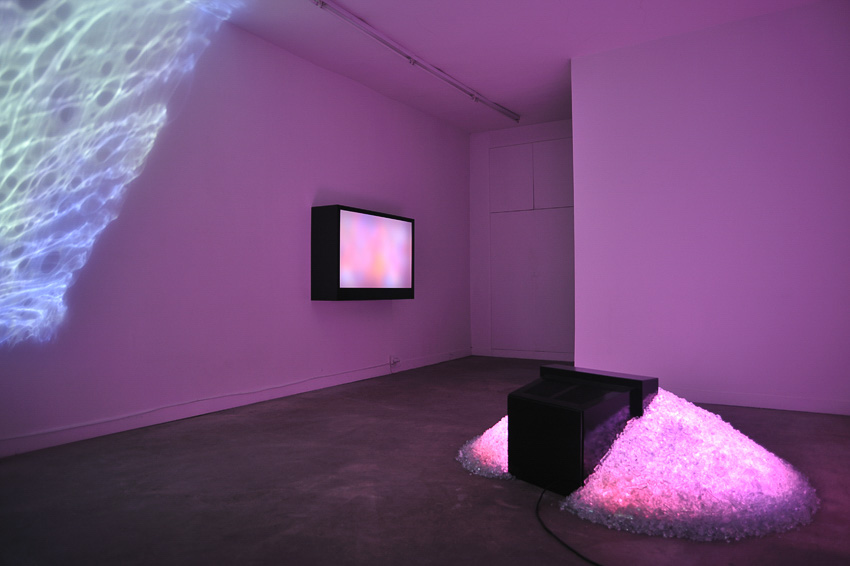
What is the future of the collection?
It is really a day to day adventure. We sometimes think to relocate it where we now live (Singapore) but nothing has been decided yet.
Image © Courtesy Rosenblum Collection





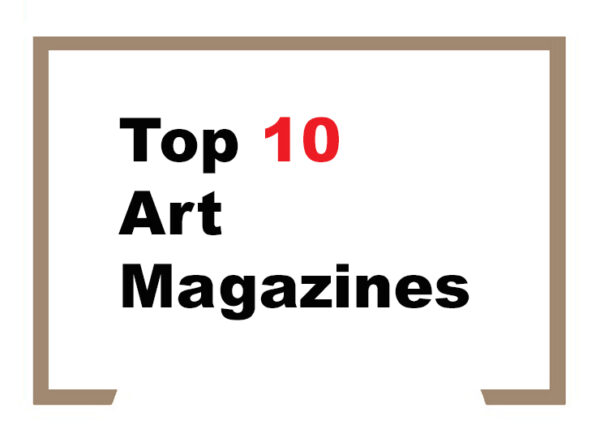
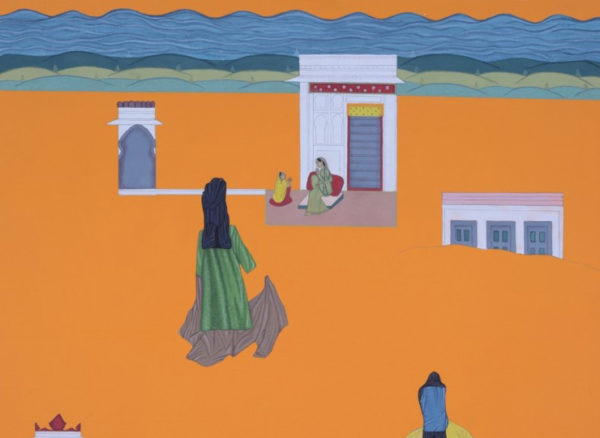



Comments